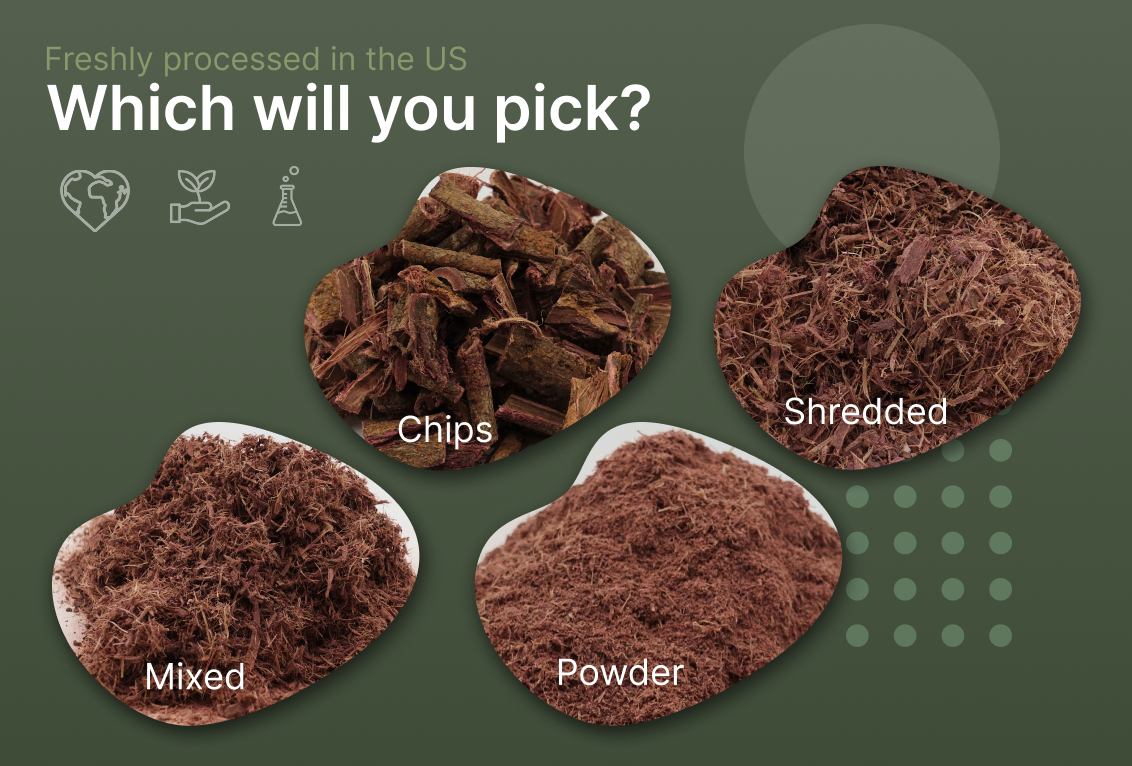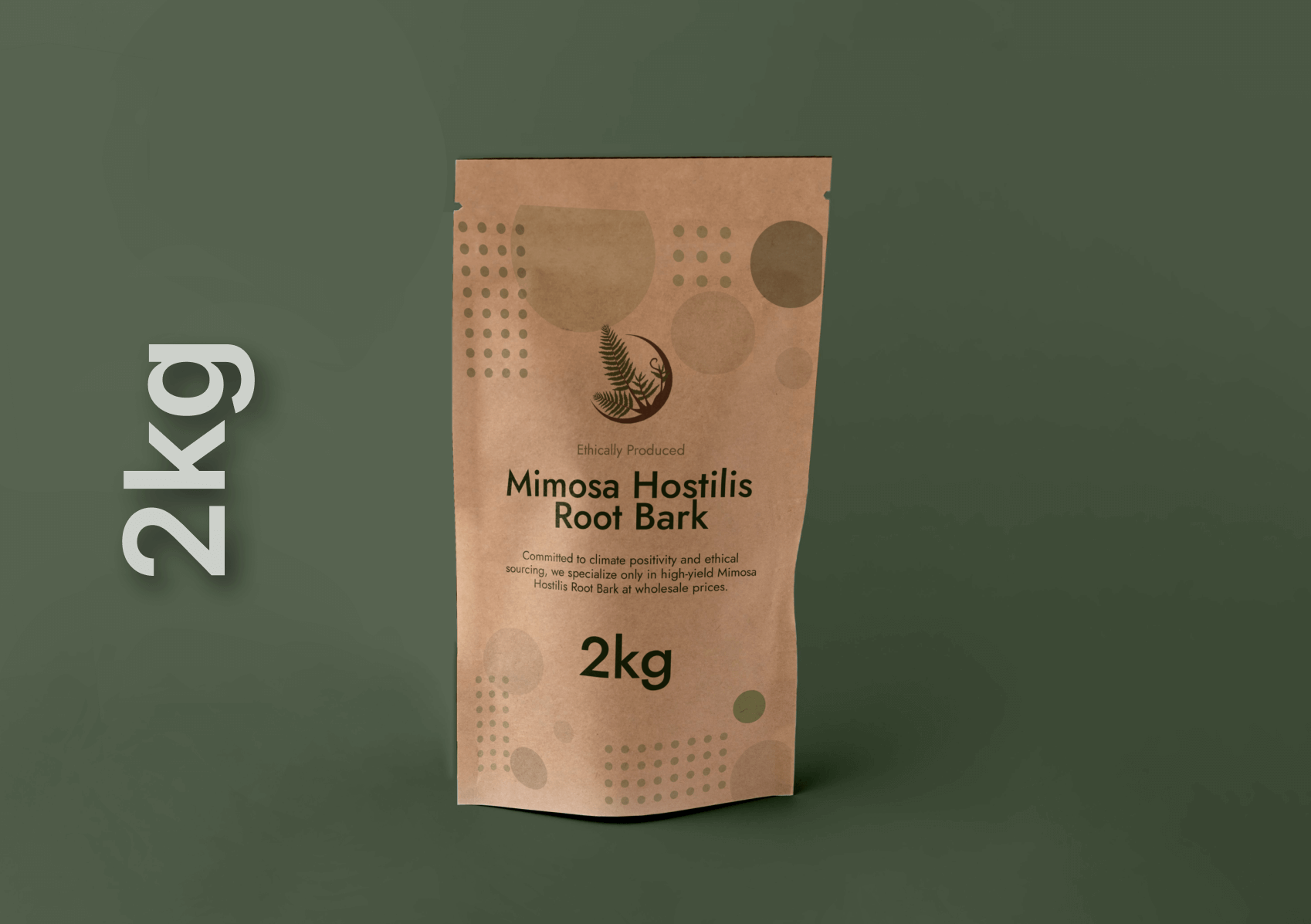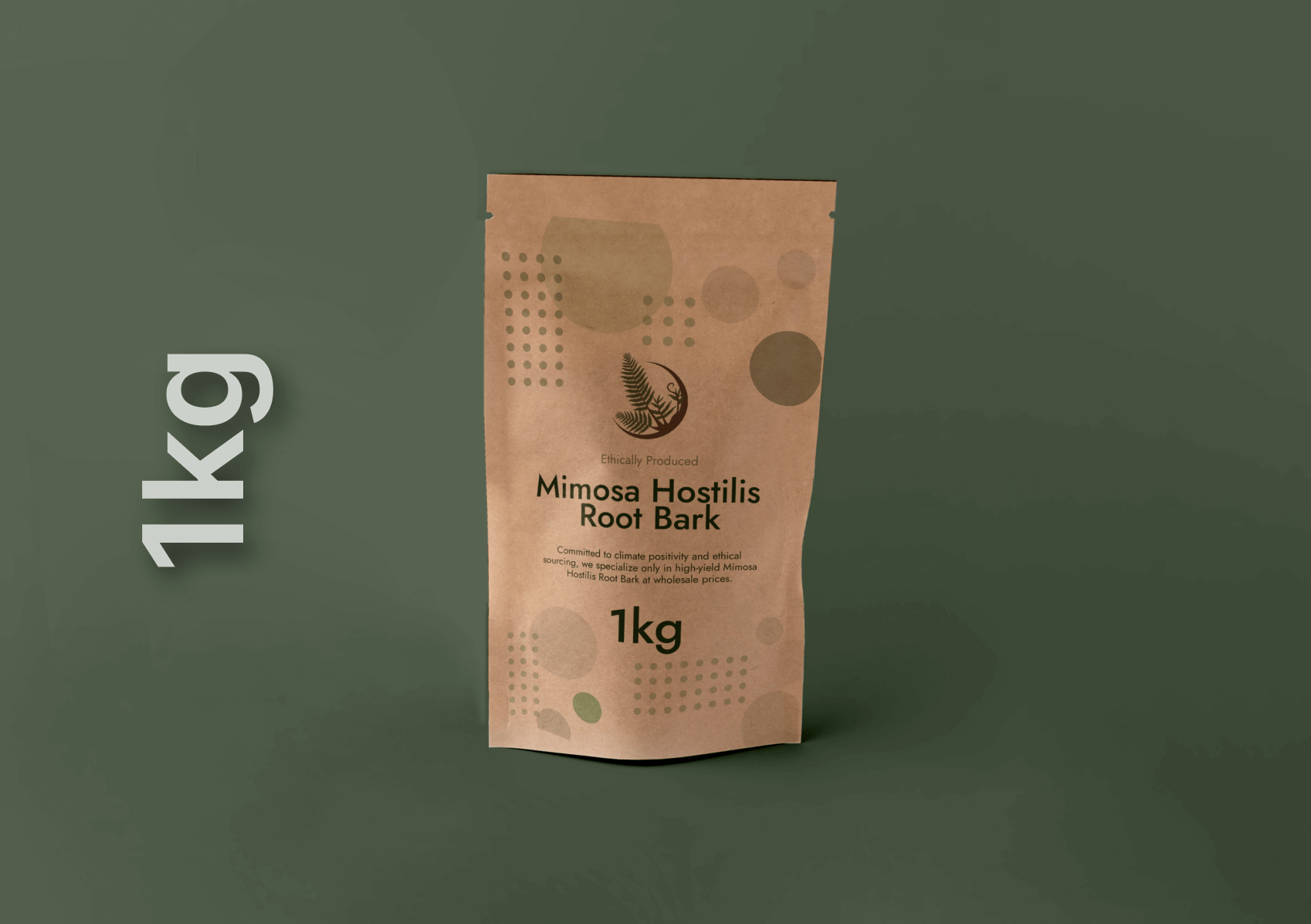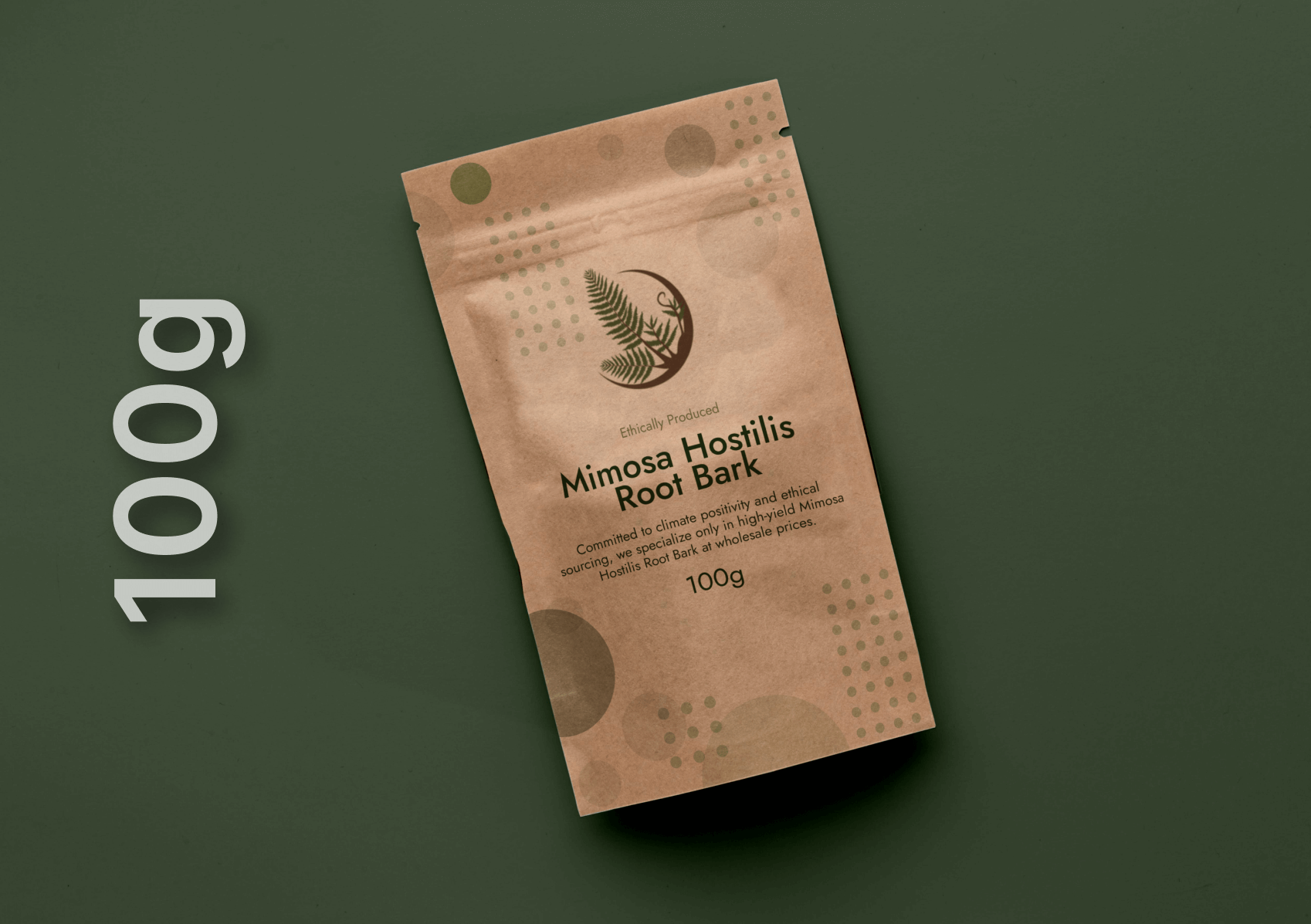Mimosa Hostilis, known for its diverse uses in textiles, skincare, and natural remedies, also holds a significant place in Indigenous spiritual practices. Specifically, it plays a crucial role in traditional Ayahuasca ceremonies, a sacred ritual deeply rooted in the spiritual and healing practices of various Indigenous tribes in South America. In this article, we’ll explore the connection between Mimosa Hostilis and Ayahuasca, shedding light on its cultural significance, spiritual applications, and the powerful role it plays in these transformative ceremonies.
What is Ayahuasca?
Ayahuasca is a psychoactive brew traditionally prepared and consumed in shamanic ceremonies by Indigenous tribes of the Amazon basin. The brew typically combines two primary ingredients: the Banisteriopsis caapi vine, which contains harmala alkaloids that act as MAO inhibitors, and a DMT-containing plant that induces the visionary experiences Ayahuasca is known for. While Psychotria viridis is the more commonly used plant for its DMT content, many tribes and spiritual leaders turn to Mimosa Hostilis for its potent properties.
Mimosa Hostilis in Ayahuasca Ceremonies
Mimosa Hostilis, also known as Jurema Preta, contains high concentrations of DMT (dimethyltryptamine), the compound responsible for the profound visions and altered states of consciousness experienced during Ayahuasca ceremonies. When combined with the Banisteriopsis caapi vine, the MAO inhibitors allow the DMT from Mimosa Hostilis to be orally active, producing the powerful and often healing experiences that these ceremonies are known for.
For more on the differences between these plants, explore Jurema Preta vs. High-Quality MHRB: Understanding the Differences.
Spiritual Significance of Mimosa Hostilis
In the context of Ayahuasca ceremonies, Mimosa Hostilis is not simply a source of DMT; it is considered a sacred plant with deep spiritual meaning. Indigenous communities in Brazil and other parts of South America regard the tree as a gift from the gods, embodying a connection between the physical and spiritual realms. When used in Ayahuasca, the spirit of the Mimosa tree is believed to guide participants through their visionary journeys, helping them access higher states of consciousness, heal emotional wounds, and gain deeper insights into their lives.
For more about its ancient uses, check out Mimosa Tenuiflora in Ethnobotany: Unveiling Ancient Uses and Cultural Traditions.
The Role of Shamans in Mimosa Hostilis-Based Ceremonies
In Indigenous traditions, Ayahuasca ceremonies are typically led by shamans, or spiritual healers, who act as guides for participants. The shaman’s role is to ensure that the ceremony proceeds safely, both physically and spiritually, and to help interpret the visions and messages that arise from the experience. When Mimosa Hostilis is part of the brew, the shaman may invoke the spirit of the tree to aid in healing, protection, and enlightenment for those participating in the ceremony.
For more on Mimosa Hostilis’s role in traditional healing, visit Herbal Healing: Mimosa Tenuiflora In Medicine Then and Now.
Mimosa Hostilis and Modern Ayahuasca Practices
In recent years, the use of Ayahuasca has expanded beyond Indigenous communities, attracting people from around the world seeking spiritual awakening and healing. Mimosa Hostilis has continued to be an important ingredient in these modern ceremonies. However, it’s essential to approach this practice with respect for the Indigenous cultures from which it originates, understanding the profound spiritual and cultural significance that Mimosa Hostilis holds in these ancient traditions.
For those interested in the modern sustainability practices surrounding this plant, explore Sustainable Tree Farming in Brazil: The Role of Mimosa Hostilis in Combating Climate Change.
Conclusion
Mimosa Hostilis plays a vital role in the spiritual practices of many Indigenous tribes, particularly in Ayahuasca ceremonies. Its potent DMT content, combined with its spiritual significance, makes it an integral part of these transformative rituals. As interest in Ayahuasca grows globally, it is important to recognize and respect the cultural heritage and sacred traditions associated with Mimosa Hostilis, ensuring that these practices remain grounded in their Indigenous roots.




